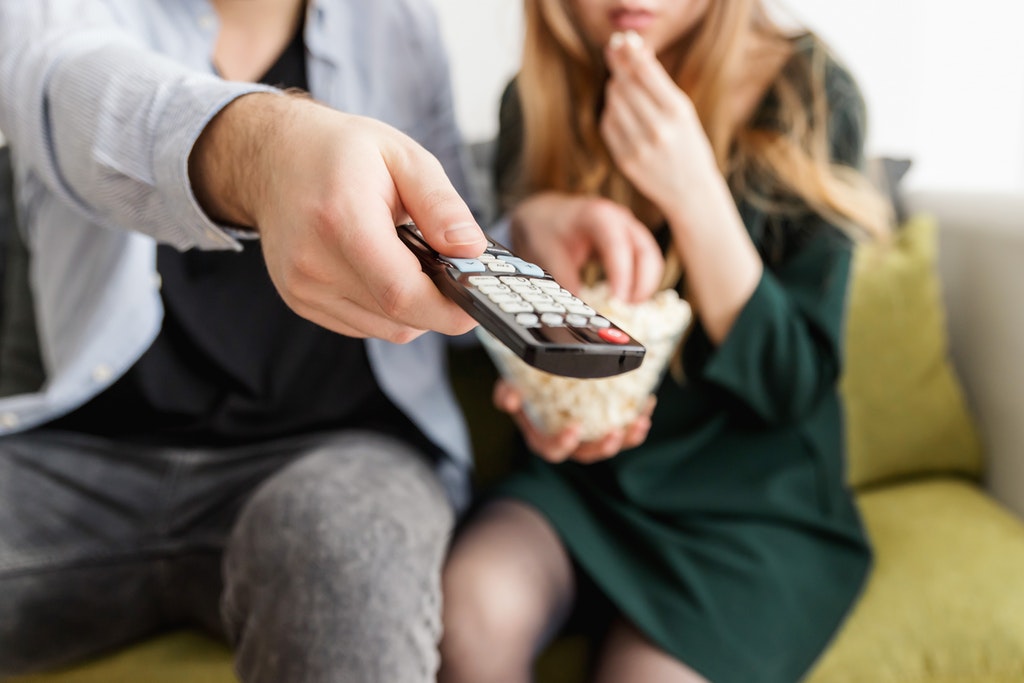Why Do We Eat When We Are Not Hungry?
Medically reviewed by Dr Sultan Linjawi, Endocrinologist & Diabetes Specialist — December 2025
Looking for diabetes and diet videos?
Check out our latest diabetes videos for more great content.
If hunger were our sole driver to eat, not gaining weight would be easy – we would eat when we are hungry and stop when full. Our brain can respond to many more cues to eat than just hunger. We can find ourselves eating in response to emotions, whether that is happy, sad, stressed or excited. Boredom and fatigue are other common triggers and eating is also encouraged by how the food looks and smells when presented on the plate. Social situations can lead us to eat too much – at a party, a celebration dinner or weekend events.
Most of the time, people who are tuned in to their hunger cues are able to stop eating when they are satisfied, and won’t eat again until they become hungry – this is often referred to as intuitive eating. However, even intuitive eaters will sometimes override their fullness signals for certain triggers, a slice of birthday cake despite a big meal to celebrate a special occasion, or a second helping of their favourite meal.
Generally speaking, people who are thin are better able to gauge how hungry they feel and respond to being full but stopping eating. People with type 2 diabetes and insulin resistance have impaired body signals and often do not feel satisfied until they have eaten far too much. This has been studied using functional MRIs where parts of the brain “light up” in response to certain emotions. In people with insulin resistance, the hunger centre of the brain continues to glow long after eating.
Our modern lifestyle provides incessant triggers for non-hungry eating - television cooking shows, attractive food packaging, Facebook posts and ‘food porn’ in recipe magazines are just the tip of the iceberg. Then we add in childhood memories – we were expected to finish our plate before leaving the table – forcing us to push past our fullness cues. Top it off with stress and emotional triggers, and often, we don’t know whether we are hungry or full anymore.
So, if you’re nodding your head in agreement right now, it’s time to stop and think. Before eating, stop and think – Am I hungry? Try to rate you hunger out of ten. If you find that you’re really not that hungry, try to identify what triggered you to think of food – was it an emotion, boredom, or did you see or smell food. Is it just habit or something to do?
Once you have identified your common triggers over a week or two, think of ways to avoid these triggers. It might be an activity that gets you away from the kitchen, or having snack foods packed up in the cupboard, rather than on the kitchen bench. It’s a good idea to come up with a list of tactics that will help you to avoid your common triggers because for most people it is the little things we do every day that is the biggest problem, rather than the occasional treat.
Most importantly, remember that sometimes even very intuitive eaters may eat beyond their level of satisfaction, and that’s ok. It’s the everyday habits that we need to identify and plan for, to work towards reducing non-hungry eating.
Remember, food is simply a fuel – use the fuel, fill the tank, once the tank is full, if we continue to add fuel, it will simply overflow causing your blood sugar to rise or you to put on weight.
To the point
- Food is a fuel so try not to overfill your tank.
- People who are overweight with diabetes or insulin resistance often are not able to identify when they have eaten enough and tend to over-consume calories.
- Avoiding eating triggers is a useful strategy to help with weight loss and better glucose control.
- During a meal try stopping half way through and ask yourself, do you need to eat more? Listen to your body, it may be trying to tell you quietly.
- It is what you do most of the time that has the biggest effect, so think about the small things as they add up.
Please see the following articles for more information:
- Signs and symptoms of diabetes
- How is diabetes diagnosed
- When our food choice isn’t just about food
- Yo-Yo Dieting – More serious than just gaining weight!
- The “Diabetic Diet”: When did it begin and how has it changed?
- Diet: Why is it not more simple?
- Should I follow a low carb diet if I have diabetes?
Keep learning
- Slow and steady wins the day with dieting. Here's why.
- How to Improve Reduce Insulin Resistance and Increase Insulin Sensitivity: Evidence-Based Strategies That Really Work
- What Is Insulin Resistance? A Simple Guide to How It Works and Why It Matters
- Best Fruit Choices If You Have Diabetes
- What should you eat if you have gestational diabetes: gestational diabetes diet.
- What can I eat if I have type 2 diabetes mellitus? Is there a diabetes friendly diet?




